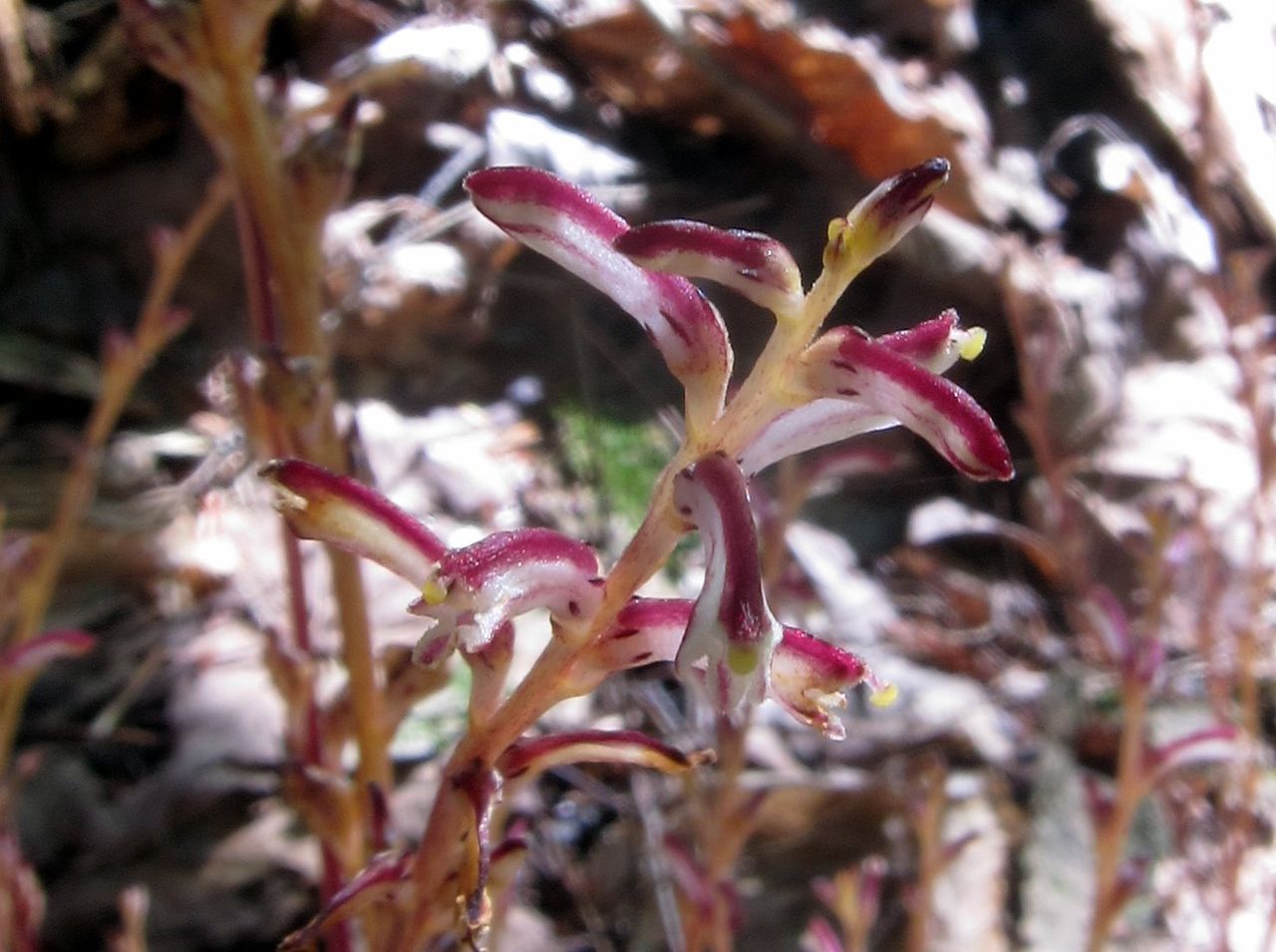Beechdrops Info: Learn About The Beechdrops Plant


What are beechdrops? Beechdrops aren’t something you’ll find in a candy store, but you may see beechdrop wildflowers in dry woodlands where American beech trees are prominent. Beechdrop plants are found across most of eastern Canada and the United States and are sometimes spotted as far west as Texas. Keep reading to learn more about the life and times of the fascinating beechdrops plant.
Beechdrops Info
Beechdrop wildflowers (Epifagus americana and Epifagus virginiana) consist of brownish stems and spiky clusters of small, cream colored, tube-shaped flowers with prominent maroon or brown markings. Beechdrop plants bloom in late summer and autumn, and by late autumn, they turn brown and die. Although beechdrops reach heights of 5 to 18 inches (13-46 cm.), you may walk past a plant without noticing it because the colors of the chlorophyll-less plants are so dull. Beechdrop plants are root parasites; they lack chlorophyll and possess only small, flat scales in place of leaves so they have no way to photosynthesize. The only way this oddly attractive little plant can survive is by the generosity of the beech tree. Beechdrops are equipped with small root-like structures that insert into the beech root, thus drawing out just enough nutrition to sustain the plant. Since beechdrop plants are short-lived, they don’t damage the beech tree. Plant historians believe that Native Americans brewed dried beechdrop plants to make a bitter, pungent tea which they used to treat mouth sores, diarrhea, and dysentery. In spite of this past use, it is unadvisable to use these plants today. In fact, if you notice this strange little plant, don’t pick it. Although it may seem inconsequential, beech plant wildflowers are an important part of the ecosystem. In some areas, the plant is relatively rare. That doesn’t mean you cannot still enjoy them. Should you take a stroll in the woods near beech trees and happen across this interesting plant, have your camera handy and snap a photo. It makes a great teaching tool for kids as well when learning about photosynthesis or parasitic plants.
Sign up for the Gardening Know How newsletter today and receive a free copy of our e-book "How to Grow Delicious Tomatoes".

A Credentialed Garden Writer, Mary H. Dyer was with Gardening Know How in the very beginning, publishing articles as early as 2007.